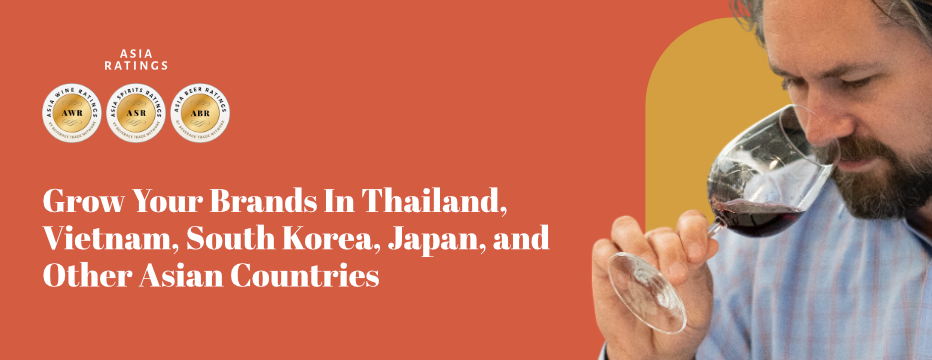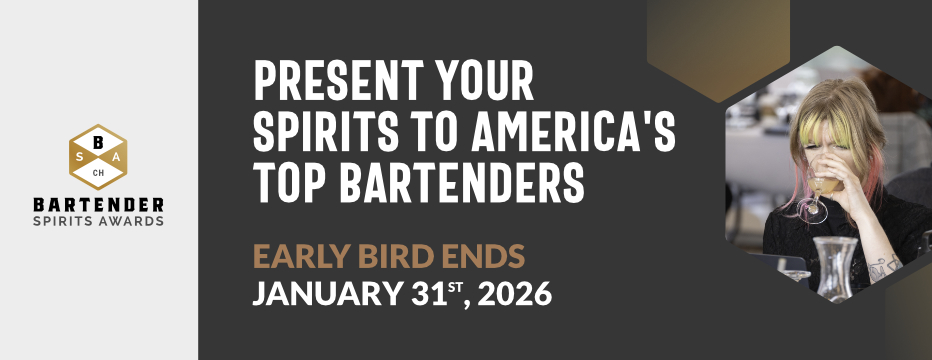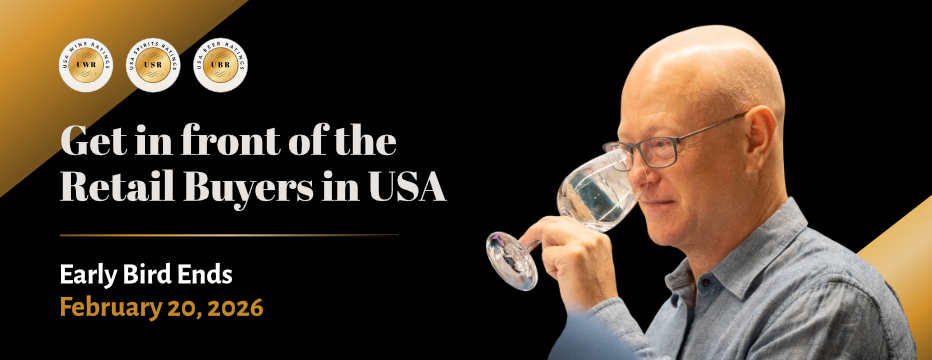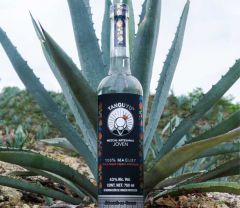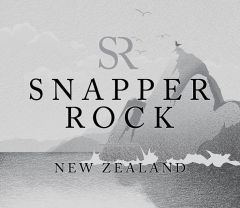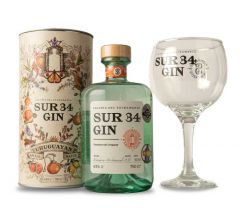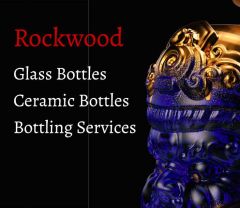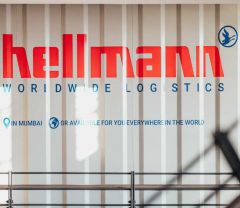Sommeliers Choice Awards 2025 Winners
How Large Distributors Launch A New Brand
A look inside Michael Hopkins Distributing, A Budweiser Distributor, On How Large Distributors Launch A New Brand. Hint: For them, It's always a long term play.
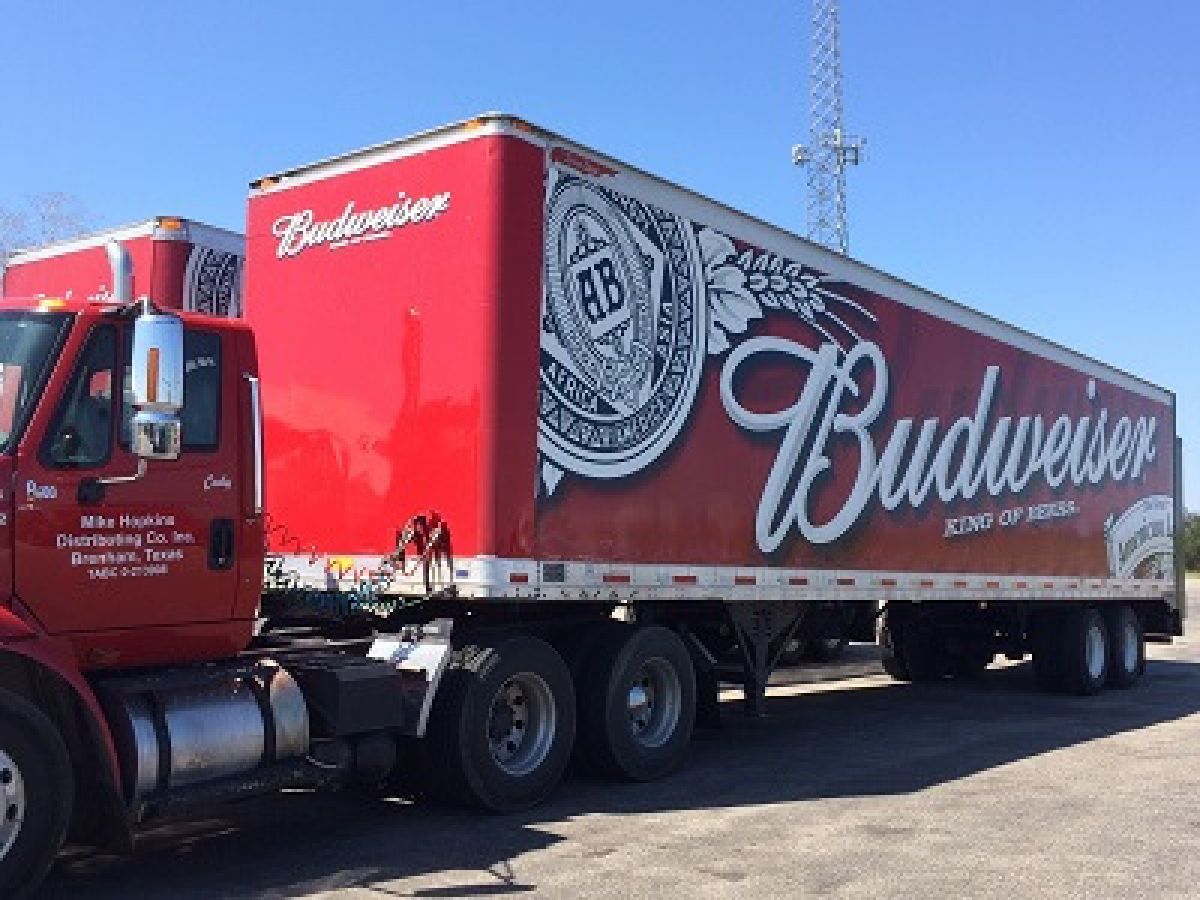
BTN Interviews Mike Hopkins Distributing, A Budweiser Distributor On How They Launch A New Brand And Why It Is Important For A Supplier To Understand Their Strategy
Based in Brenham, Texas, Mike Hopkins Distributing is the licensed Budweiser Distributor for the greater portion of seven surrounding counties. Carrying over 450 SKU's and concentrating their efforts on quality sales and support teams, their large portfolio of craft beers, specialty and import drinks, wines and energy drinks and dedication to the industry has made them the market leader throughout their territory.
There are many bonuses of having your brand be a part of a large US distributor's portfolio and it can also be the difference between selling 1,000 cases and selling 10,000 cases. Their sheer size and market share means they have the power to influence some pretty significant players. They have the connections across the retail market to get quality placement and once the placement is established they will work hard at promoting your brand to deplete the supply at the retail level. How can you get your brand represented by a large, deep-rooted distributor? BTN caught up with Mike Hopkins Jr of Michael Hopkins Distributing to ask him about their sourcing process and what it means to be carried by MHD. Here's what he had to say:
BTN: Let’s say you told the brewery “yes” we will represent your brand. What is the next step, do you expect a contract from the brewery?
Mike: As a distributor, we first look to the supplier for a contract. If they do not have one, or if the supplier’s contract is structured in a way that is not workable, then we provide them with our stock contract. In any contract between a supplier and a distributor, mutual respect is critical to structuring and maintaining a successful relationship. Both parties should be able to exit the agreement if fair and clear expectations are not being met that are agreed upon at the onset. However, suppliers need to understand the investment that distributors bring in building and maintaining brand awareness and quality at the market level combined with the nature of selling alcoholic beverages which preclude exclusive territories and not being able to exit the contract for an unjustifiable reason.
BTN: Once contracts are signed and brands are registered, how do you prepare your launch plan? Let’s start with purchase order. How do you plan your first PO?
Mike: We plan our first purchase order (PO) by combining our local market knowledge with the overall market experience and specific brand suggestions from the supplier. Most distributors have experience across multiple segments, so we have guideline numbers on roll-outs of new brands.
BTN: Please explain your brand launch process.
Mike: Our brand launch process starts well before contracts are signed and product is in the warehouse. We like for our senior sales team members to have visited the supplier’s location and have met with their team members to properly gauge the culture of the brand we are starting to represent at our local market level. We will also visit with other distributors that currently carry the product if possible to get tips on successful launch strategies they have used for this brand. When you are the voice and the face for a brand with customers, you have to make sure you understand not just the liquid and packaging you are selling, but also the culture and ideals you are representing. You are not just pushing another light beer, but somebody’s dream and vision for how a certain beer is supposed to taste and fit into the overall category. We will then have a company sales meeting where all segments of our organization are present. We want our night crew members and our secretaries just as actively engaged and exciting about selling this brand as a front line sales rep.
BTN: What do you cover in your brand kick-off sales meeting?
Mike: We expect the supplier to have a presentation ready that outlines where their brand fits into this market and what the brand represents. We will then have our own sales management team reinforce why we chose to partner with this supplier to mutually build our businesses. All successful brand launch meetings should conclude with a sampling of the product and visuals of what Point of Sale material looks like at retail. This particular product launch sales meeting is kept relatively short so our team can visit and enjoy the product with the new supplier’s team. A secondary sales meeting with just our sales force will be held and objectives and pricing clearly defined for how we want to launch the brand in our local market.
BTN: What role does your Marketing and merchandising departments play when launching a new brand?
Mike: Our marketing and merchandising department will play a role based on the supplier’s capabilities. If we have decided to partner and represent a brand, then we are prepared to properly launch and merchandize this brand. If the supplier already has templates and point-of-sale material ready to go, then we will happily use and produce more as needed. The key point here is you don’t get a second chance to properly launch the brand and if you are a worthwhile distributor, then you are ready to invest in the brand. Additionally, we find it best for supplier to have in-market activities with our sales force at initial launch if possible. Just as important, we have not found it successful for supplier’s to go into our market separate from our own sales team members. This causes confusion in the market place and sometimes suppliers don’t understand the individual state-based laws that we in the alcohol industry have to operate under.
BTN: Some distributors have a “key sales team” where they roll out new products in some key accounts. Your comments on that.
Mike: We live in an increasingly segmented world and market. “Key Sales Team” is something that is useful, but can be a crutch and not bring forth the overall desired outcome of a successful sustainable brand. You need your entire organization behind the brand if you want it to be properly maintained and grown. Now, will we have certain employees that are better at explaining a high-end craft beer highlight this new offering at key accounts; yes. But we find more success at having “key sales team” members with regular sales force members make the call at the same time to introduce the brand.
BTN: How do you measure that brand did well? And how much time do you give before discontinuing a brand if it did not perform well for you?
Mike: I think as a distributor that you need to be careful calling a certain brand launch a “success” or a “failure” based on short term metrics. We certainly set out profitability and sales goals we are trying to reach, but brands are not built overnight in a market. Our industry is littered with brands that were launched multiple times before they hit the right message and took off. We don’t launch a brand that we do not fundamentally believe in, so we are not going to pull the plug because the velocity was not at a set desired level on a short term basis.

